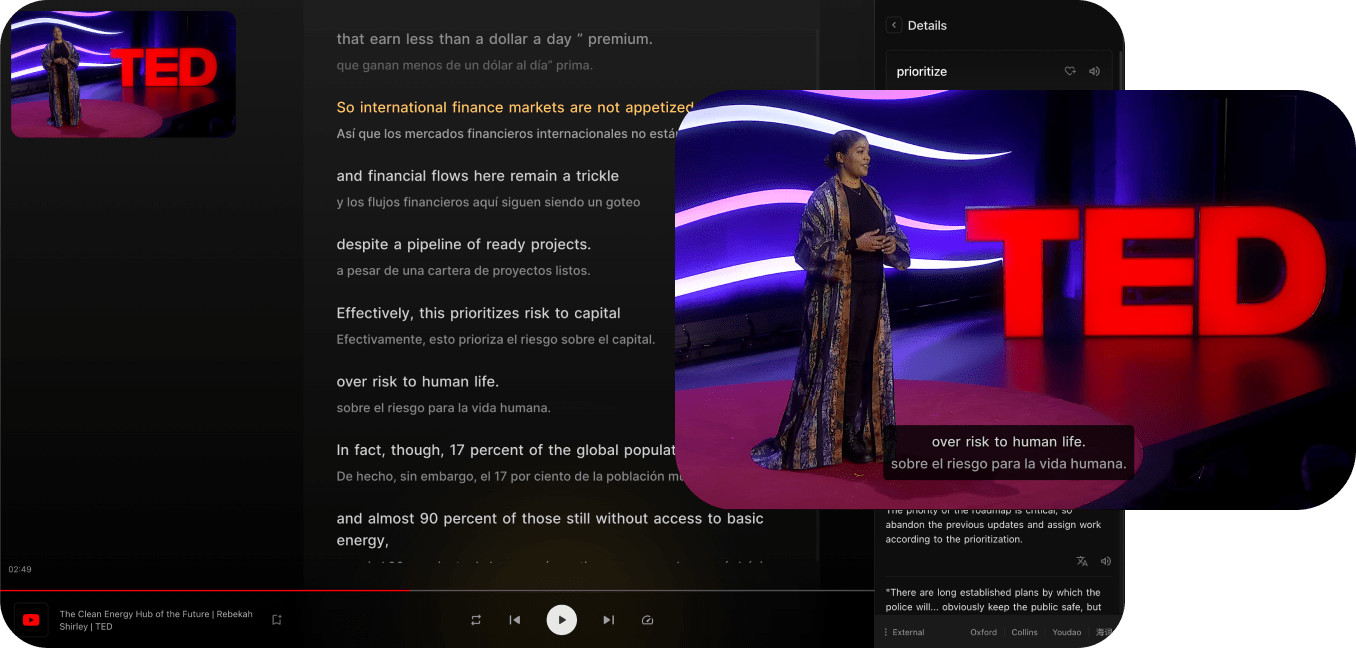Snippets are basically just a collection of pre-saved blocks of text.
They can vary from a single character to many paragraphs.
Now, you'd use Snippets for things that you find yourself using over and over again.
For writing specific types of emails,
or if you're a developer,
specific, blocks of code or CLI commands, or for even more basic things, sharing your email address
or entering a symbol or an emoji that you use very often.
Here's how you can create one, you search for the create snippet command, then you add your title and your snippet.
You can optionally add a keyword and we're going to talk a little bit more about that in a moment.
Once it's created, you can search your snippets with a search snippets command.
And to use that snippet, you just press enter.
Now if there's a snippet that you use very often, you can even skip this whole searching part by relying on text replacement.
So way that works is that you would add a keyword to your snippet,
and then when you write that keyword, Raycast will automatically replace that keyword with your snippet.
Now, where it gets even more
powerful is when you start making use of dynamic plays,
With dynamic placeholders, you can make these blocks of text way more personalized, so can choose where the cursor goes once the snippet is inserted.
You choose to insert a specific entry from your clipboard history.
You even insert a snippet inside of a snippet.
Now, let me show you some of these
of my personal snippets that I use often just to help you understand a little bit more of
how snippets can be used but also how you can make use of these dynamic placeholders.
So here I have a reject job offer snippet and I make use of the clipboard text.
The reason for that is whenever somebody messages me with a job offer and I want to reject this job offer,
I want to make sure that I don't misspell their name.
So what I'll do is I'll copy their name and then I'll just insert that snippet and where that placeholder is will be replaced by the name that I copied.
I also have a snippet to squash my commits,
this basically a git CLI that I never remember, so I use that just to keep a nice clean history.
And I have loads of symbols, especially arrows, and for these I always use them with a key word, because I used the so often.
And another one that I use often is this email snippet.
And this one I've just updated it to use the argument dynamic placeholder.
And when I expand that snippet, Raycast will prompt me to choose the email that I want.
I know that Bruno has a pretty cool use case for snippets.
So, let's get him on to show us.
And is useful not only for animating in DaVinci Resolve, like I use, but any software that supports expressions.
This one I use to get the real width of a node, and look at this expression.
It's big, there are specific numbers that I have to remember, it's a mess.
Plus, it references the name of a node twice, which means if I didn't use it.
snippets, I would have to type that twice.
With snippets arguments though, I can just store that expression somewhere with a name that makes sense for me.
And of typing the no name twice, it's just an argument that I reuse inside of the snippet.
The tip is if you want to do that as well,
meaning you use the result of an argument more than once in a snippet, you just make you have the same name.
And one last thing I want to show you is that you can create snippets directly from the clipboard history or the emoji pick up.
This is a great way to take something that you copy over and over again and create a snippet out of it or to create a snippet
from an emoji that you use all the time.
If you've been using snippets in Raycast and you want to share them with us,
you can go to your snippet library and press command K and copy that snippet URL and paste it in the comments below.
If you're not using snippets, then I hope this video has inspired me.
